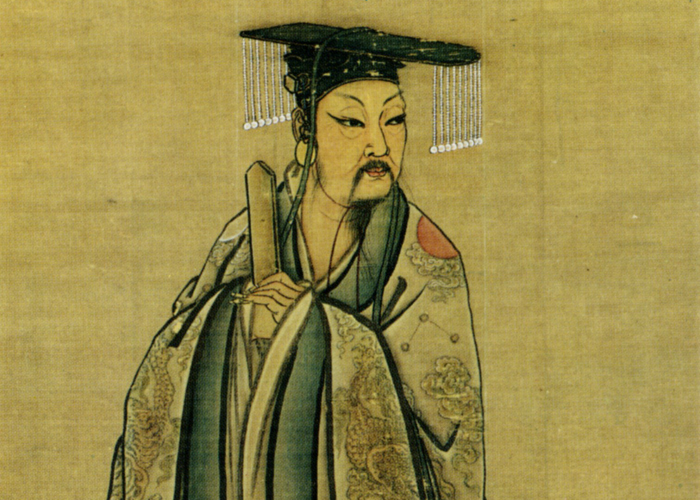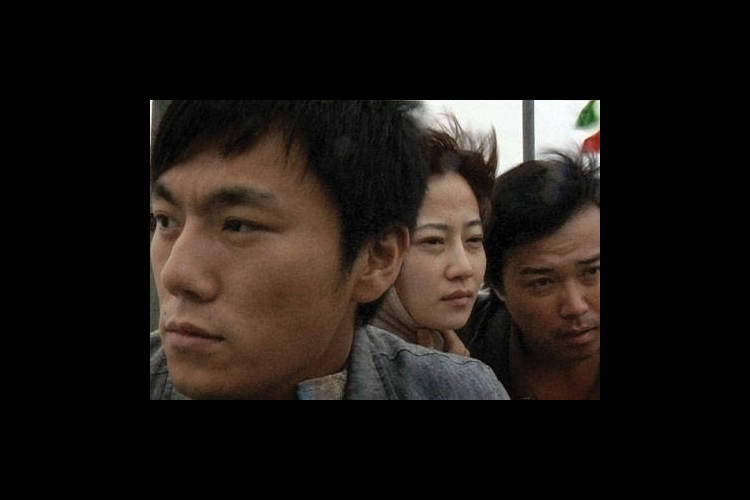
Wu was born in Taipei, Taiwan and is the youngest son in the family. In 2021, he was, again, nominated for the Best Male Mandarin Singer for his second solo album Folio Vol.1:One and One.Įarly life and career beginnings

In 2019, he released his debut solo studio album Spaceman, for which he was nominated in several categories at the 31st Golden Melody Award and won the 31st Golden Melody Award for Best Male Mandarin Singer. Qing-Feng Wu started to go solo in 2018 to perform and release his works. Having nominated at the Golden Melody Award, Global Chinese Golden Chart and so on, he has won several music awards, including the 18th Golden Melody Award for Best Composer in 2007 and the 27th Golden Melody Award for Best Lyricist in 2016. Aside from producing the music for the band, he also writes songs for numerous Mandarin singers. Born in Taipei, he is a founding member and the lead vocalist of Oaeen (Sodagreen) and is the major composer and lyricist of the band.
#Xia yu de ye wan full
Our results shed light on the molecular mechanism underlying initial, partial and full mycoheterotrophy.Wu Qing-feng ( traditional Chinese: 吳青峰 simplified Chinese: 吴青峰 pinyin: Wú Qīngfēng born 30 August 1982), also known as Greeny and credited as Wu Tsing-fong, is a Taiwanese singer-song writer, composer, arranger, and lyricist.

Therefore, we propose that mycoheterotrophy in mature orchids is a continuation of the protocorm stage by sustaining the expression of trehalase genes. guangdongensis, different from photosynthetic orchids, keeps expressing trehalase genes to hijack trehalose from fungi. We further show that the mature plant of P. Conversely, trehalase genes that catalyse the conversion of trehalose into glucose have expanded in most sequenced orchids, in line with the fact that the germination of orchid non-endosperm seeds needs carbohydrates from fungi during the protocorm stage. Comparative analysis shows that mycoheterotrophy is associated with increased substitution rates and gene loss, and the deletion of most photoreceptor genes and auxin transporter genes might be linked to the unique phenotypes of fully mycoheterotrophic orchids. To improve our understanding of the origin and evolution of mycoheterotrophic plants, we here present the chromosome-scale genome assemblies of two sibling orchid species: partially mycoheterotrophic Platanthera zijinensis and holomycoheterotrophic Platanthera guangdongensis. Gene duplicability and gene expression changes following gene and genome duplicationĪbstract Analyses of the genome sequences and expression data for two closely related mycoheterotrophic orchid species provide insights into the genomic basis underlying the evolution of mycoheterotrophy.Studying the mechanistic underpinnings and applications of polyploidy through genomics, experimental evolution, modeling, and Artificial Intelligence.Department of Plant Biotechnology and Bioinformatics.

, Hsiang-Chia Lu, Qin-Liang Ye, Diyang Zhang, Jie-Yu Wang, Yu-Feng Li, Zhi-Ming Zhong, Xuedie Liu, Xia Yu, Ding-Kun Liu, Xiong-De Tu, Bin Liu, Yang Hao, Xing-Yu Liao, Yu-Ting Jiang, Wei-Hong Sun, Jinliao Chen, Yan-Qiong Chen, Ye Ai, Jun-Wen Zhai, Sha-Sha Wu, Zhuang Zhou, Yu-Yun Hsiao, Wan-Lin Wu, You-Yi Chen, Yu-Fu Lin, Jui-Ling Hsu, Chia-Ying Li, Zhi-Wen Wang, Xiang Zhao, Wen-Ying Zhong, Xiao-Kai Ma, Liang Ma, Jie Huang, Gui-Zhen Chen, Ming-Zhong Huang, Laiqiang Huang, Dong-Hui Peng, Yi-Bo Luo, Shuang-Quan Zou, Shi-Pin Chen, Siren Lan, Wen-Chieh Tsai , P.373-388 Author Ming-He Li, Ke-Wei Liu ,


 0 kommentar(er)
0 kommentar(er)
